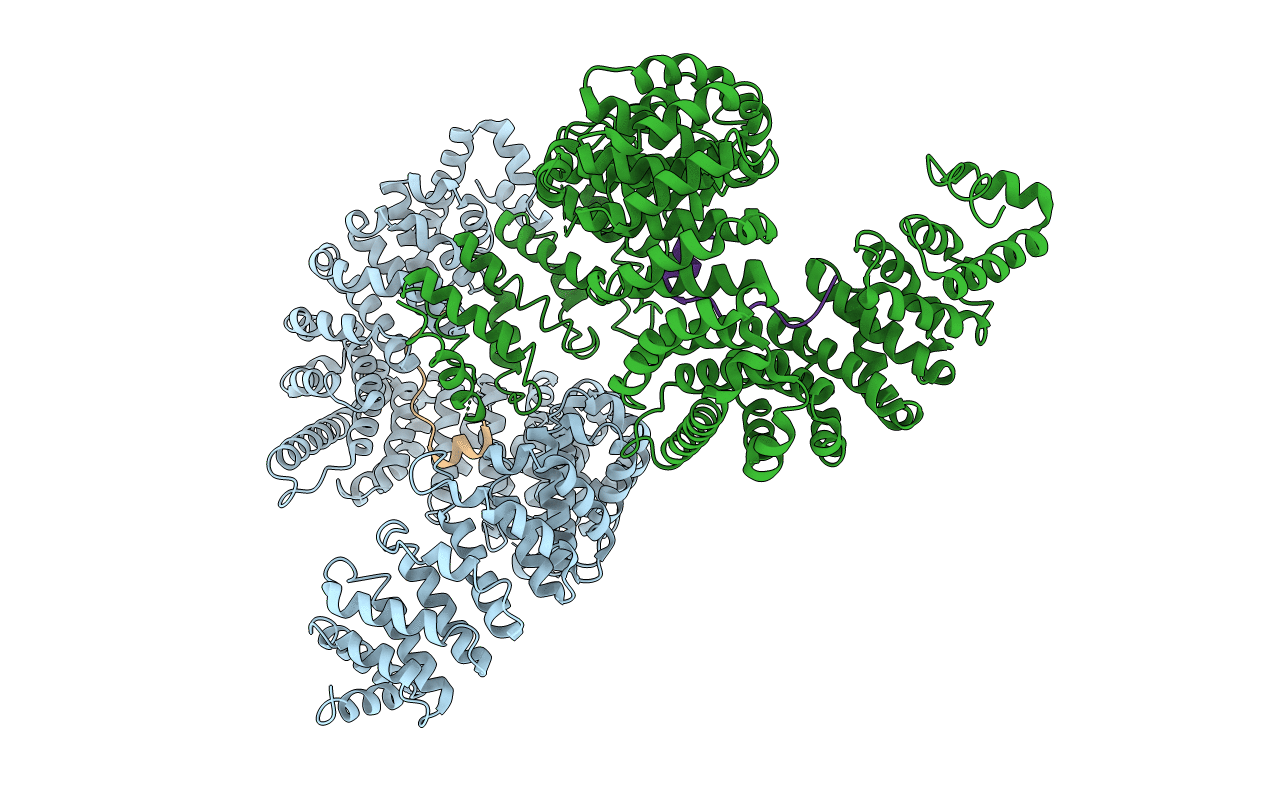
Deposition Date
2016-03-31
Release Date
2016-09-21
Last Version Date
2023-09-27
Entry Detail
PDB ID:
5J3V
Keywords:
Title:
Crystal structure of human Karyopherin-beta2 bound to the histone H3 tail
Biological Source:
Source Organism:
Homo sapiens (Taxon ID: 9606)
Host Organism:
Method Details:
Experimental Method:
Resolution:
3.05 Å
R-Value Free:
0.25
R-Value Work:
0.21
R-Value Observed:
0.21
Space Group:
C 2 2 21


